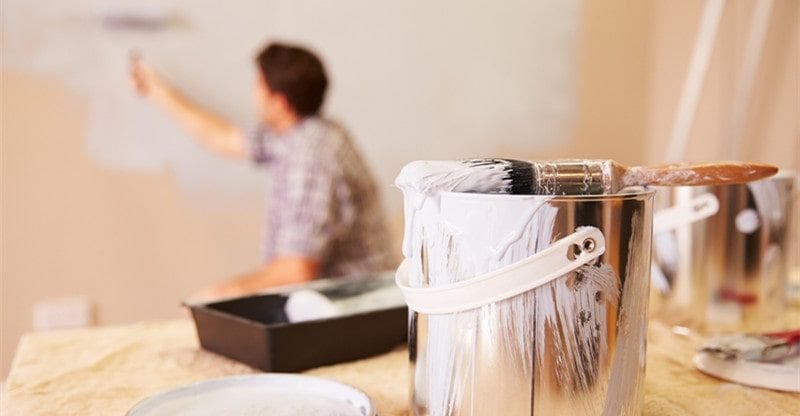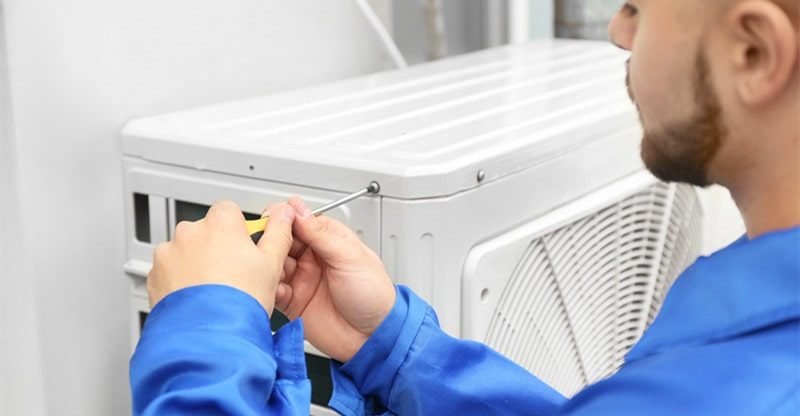
Relocating is rarely considered a form of healing. In fact, research from 2022 highlights the opposite, linking changes in living situations to elevated levels of anxiety and tension.
Despite these challenges, it’s possible to transform your move into a positive force rather than a source of frustration. You’ll still face the inevitable pressures of packing and travel, but focusing on tailoring your new surroundings can yield significant emotional rewards. The key lies in adopting an open and optimistic approach to this life transition.
The Benefits of Welcoming Change During Relocation
Your overall health encompasses physical, mental, and emotional elements. Approaching a move with an upbeat attitude can open doors to favorable results. Insights from Stanford psychologist Kelly McGonigal suggest that accepting stress as part of the process is often more advantageous than attempting to eliminate it entirely.
Stress is an unavoidable aspect of daily life, and a relocation may introduce concerns related to finances, schedules, physical demands, or the new environment. Regardless of your circumstances, viewing the move as an opportunity and optimizing it can lead to meaningful gains.
Strategies for Establishing a New Beginning
Even if you’re uneasy with change, starting fresh can become a rewarding journey that unveils exciting possibilities and fosters personal development. This is an ideal moment to design a space that encourages growth. Beyond the basic tasks on your relocation checklist, reflect on these key factors during the transition:
- Methods for organizing boxes to simplify the unpacking process;
- A thorough cleanup and purge of unnecessary items prior to the move;
- The atmosphere you envision for your home;
- Ways to adapt and personalize your new residence.
Every situation is unique, yet a new setting provides the chance to infuse personal elements. These customizations can play a vital role in supporting your renewed outlook on life, enhancing your sense of stability and joy.
Customizing Your Space for Personal Evolution and Insight
Personalizing your living area goes beyond simple additions like decorative pillows; it involves deeper adjustments that align with your individual aspirations. To shape your new home for self-improvement, explore options for adapting the following to your specific tastes:
- Geographic location;
- Style of housing;
- Practical functionality;
- Financial investment;
- Available amenities;
- Community environment;
- Design elements for both indoors and outdoors.
How you choose to make your space your own is entirely personal, which is what turns this experience into a catalyst for change. Identify your core priorities and ensure they are evident in your surroundings. Here are a few ways to tailor your home to match particular aspirations and principles.
Enhancing Comfort for Emotional Support
Upon self-reflection, if comfort emerges as a top priority, weaving it into your new environment can promote healing. Comfort means different things to different people, often involving items that evoke safety and ease, such as plush blankets in the living room or calming blue tones in the bathroom.
Extensive studies have explored the psychological benefits of soothing objects, from traditional stuffed animals to innovative “breathing” pillows. These items can mitigate various issues, including:
- Levels of anxiety;
- Feelings of grief;
- Cognitive challenges like memory decline;
- Overall stress.
Given the high-stress nature of moving, building a soothing haven can be particularly valuable. Think about incorporating elements into your daily spaces, like a supportive desk chair or a cozy fireplace, to boost everyday well-being.
Fostering Connections and Community
A new location presents the perfect opportunity to build fresh social ties. If belonging ranks high among your values, design your space to facilitate interactions and gatherings.
Focus on features that encourage shared experiences, such as a spacious dining area for meals with loved ones or an entertainment setup for group activities. Integrate aspects of your home that reflect the ways you enjoy bonding with others.
Encouraging Holistic Health
Designing your new space with health in mind involves thoughtful choices that support both body and mind. One effective strategy is adding a dedicated workout area, equipped with fitness tools to make exercise readily available. Regular physical activity is backed by evidence for improving mood, alleviating stress, enhancing fitness, and lowering disease risk.
Additionally, integrating plants into your indoor and outdoor areas can greatly improve your environment. Not only do they enhance visual appeal, but they also purify the air by removing toxins and boosting oxygen. Top choices for air quality include spider plants, snake plants, and peace lilies, each with varying care needs—ensure proper lighting and watering to keep them thriving.
Furthermore, developing an outdoor retreat with gardens and thoughtful landscaping creates a peaceful spot for relaxation and nature connection. Together, these enhancements can turn your living space into a sanctuary that nurtures well-being.
Progressing in Your Updated Environment
Although the relocation process might initially feel overwhelming and anxiety-provoking, it’s crucial to appreciate the potential healing advantages of adapting your new space. By accepting change and maintaining a positive perspective, you can achieve improvements across multiple areas of your life. Establishing a fresh start in your new home opens avenues for self-growth and exploration.
Through adjustments that resonate with your personal tastes and beliefs, you can cultivate feelings of ease, connection, and comprehensive health.
Ultimately, moving to a new place represents a pathway for individual renewal and advancement. By seizing this moment and modifying your surroundings to echo your ideals and ambitions, you build a restorative atmosphere that aids your pursuit of a more balanced and enriched existence. Approach your new space with enthusiasm, recognizing its capacity for profound transformation.




